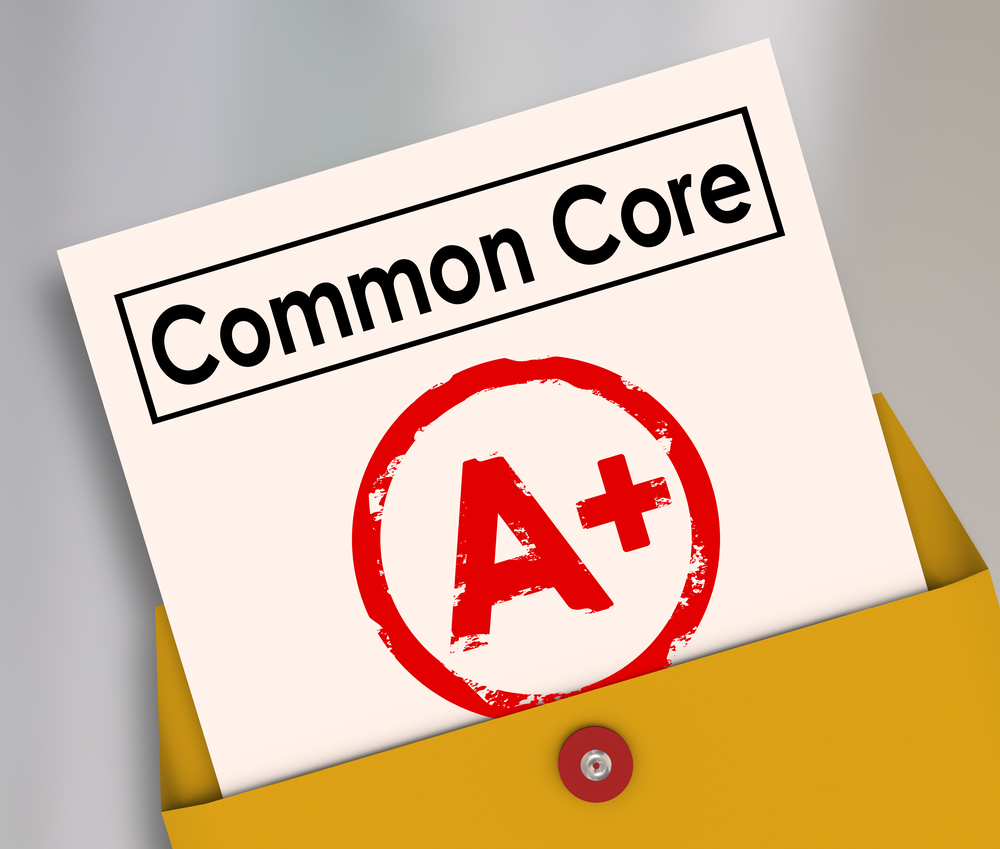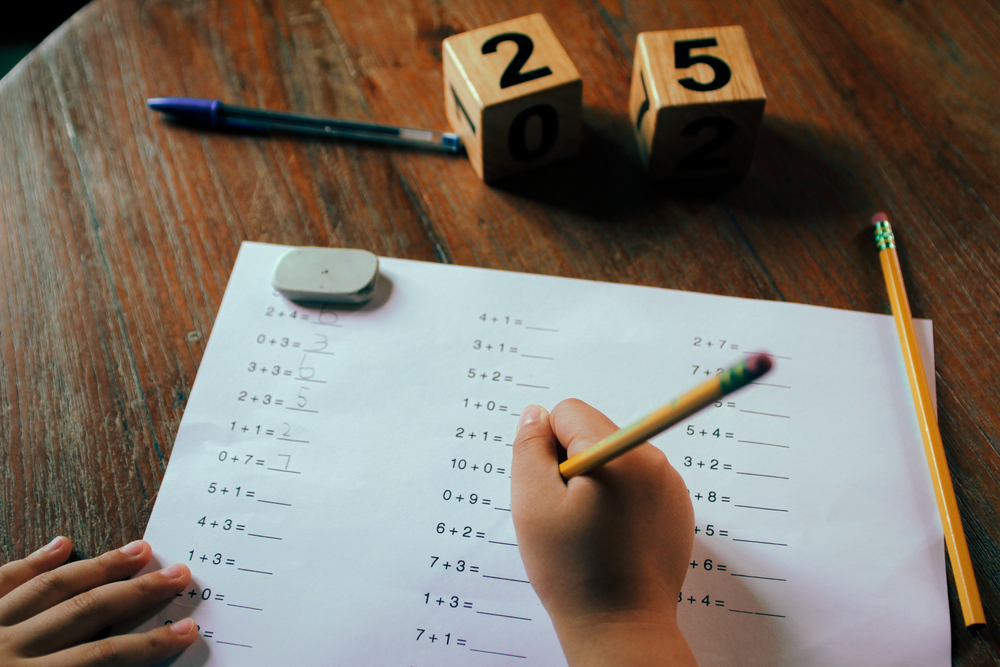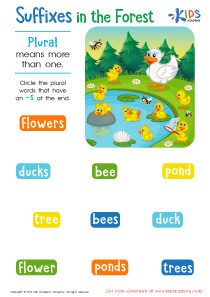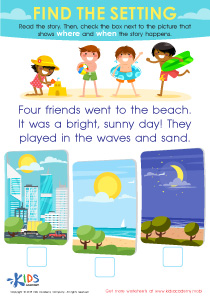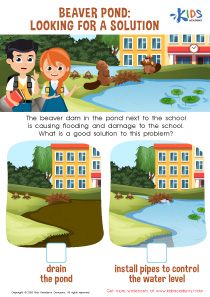Easy Sorting worksheets activities for Ages 5-6
2 filtered results
-
From - To
Easy Sorting Worksheets Activities
Unlock a world of fun and engaging learning with our Easy Sorting Worksheets Activities! Perfect for young learners, these activities are designed to foster early cognitive skills, including categorization, pattern recognition, and logical thinking. Our collection offers a variety of themes and difficulty levels, making it easy to tailor the learning experience to your child's needs. Whether sorting by color, size, shape, or type, children will enjoy the vibrant illustrations and intuitive design of each worksheet. Dive into our Easy Sorting Worksheets Activities today and watch your little one's sorting skills blossom! Suitable for classroom or home use.
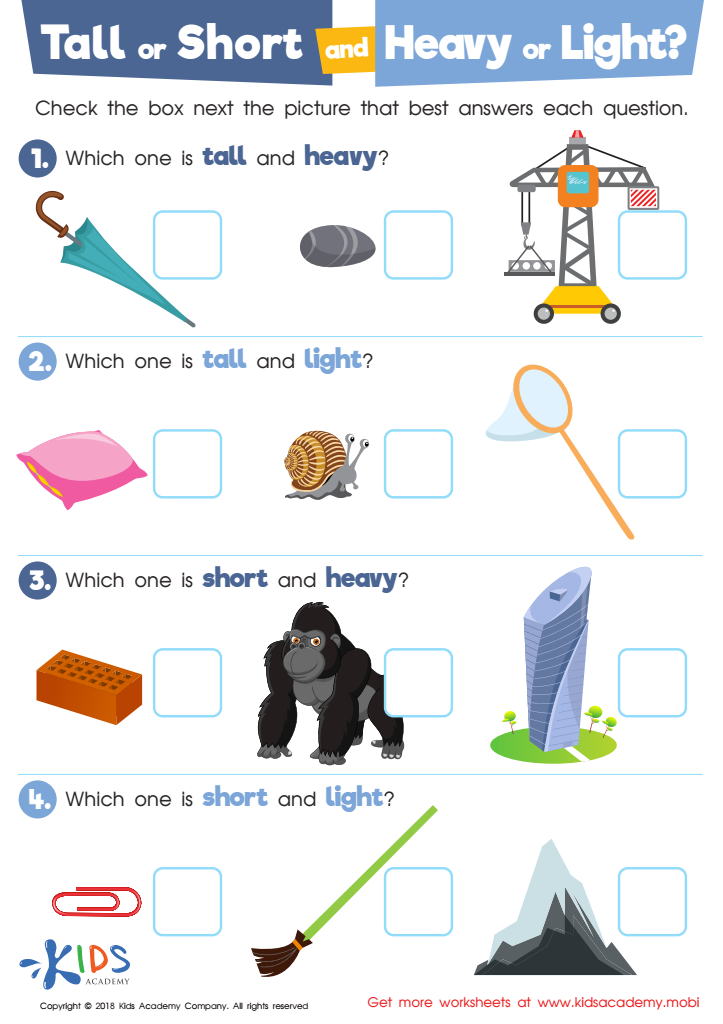

Tall or Short and Heavy or Light? Worksheet
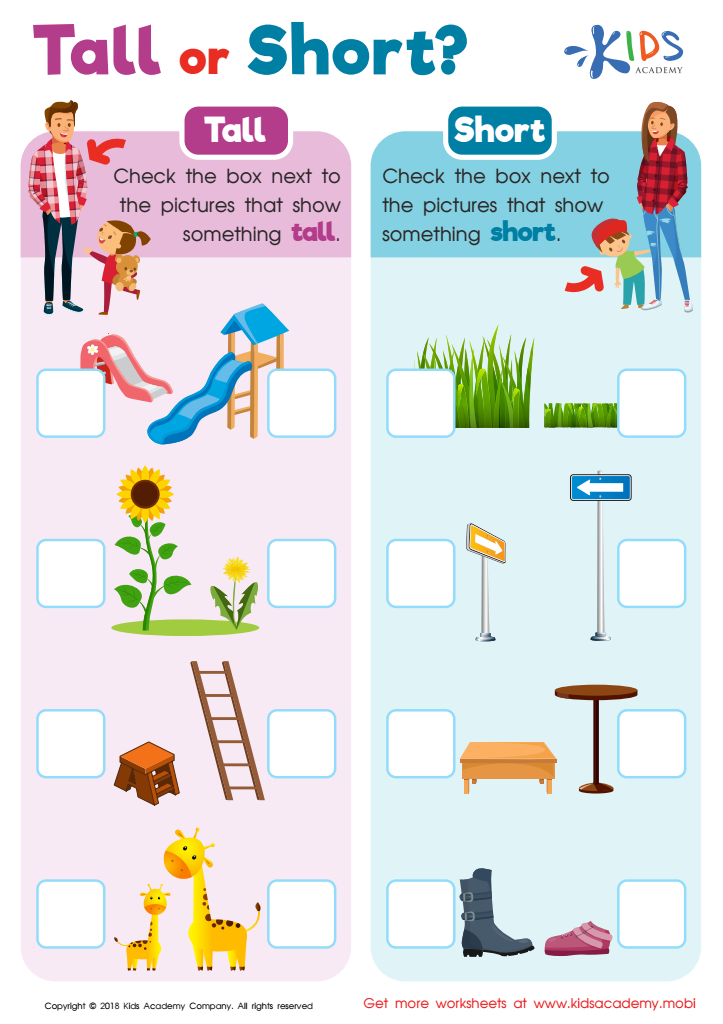

Tall or Short? Worksheet
Easy Sorting worksheets activities serve as an essential tool in early childhood education and beyond, offering a plethora of benefits that contribute significantly to a child’s developmental milestones. These activities are ingeniously designed to be accessible and engaging, ensuring that learners of all abilities can participate and benefit from the exercise. The importance of incorporating Easy Sorting worksheets into educational curricula cannot be overstated, as they are instrumental in honing a wide range of cognitive and fine motor skills.
One of the primary advantages of Easy Sorting worksheets activities is their role in enhancing critical thinking and problem-solving abilities. As children engage with these activities, they are challenged to categorize items based on different attributes such as size, shape, color, or type. This process requires them to analyze and make decisions, fostering a structured way of thinking that is vital in everyday problem-solving.
Moreover, Easy Sorting worksheets activities are invaluable in developing early math skills. Sorting is, in essence, a foundation for mathematical concepts like classification and pattern recognition. By engaging in sorting activities, children learn to identify similarities and differences, laying the groundwork for more complex mathematical operations as they advance in their education.
Language development is another area significantly benefited by Easy Sorting worksheets activities. Through sorting, children learn new vocabulary and concepts associated with the attributes and categories they are working with. This enhancement of language skills is critical for effective communication and comprehension as they progress through different stages of learning.
Furthermore, Easy Sorting worksheets activities are an excellent means of improving fine motor skills. Manipulating small objects to sort them according to specific criteria helps children develop hand-eye coordination and dexterity, which are essential for writing, typing, and other skills requiring precise movements.
In conclusion, Easy Sorting worksheets activities are a versatile and invaluable resource in educational settings, offering a fun and interactive way to develop critical thinking, mathematical understanding, language skills, and fine motor coordination. By incorporating these activities into learning environments, educators can provide students with a strong foundation for academic success and everyday problem-solving.

 Assign to My Students
Assign to My Students





